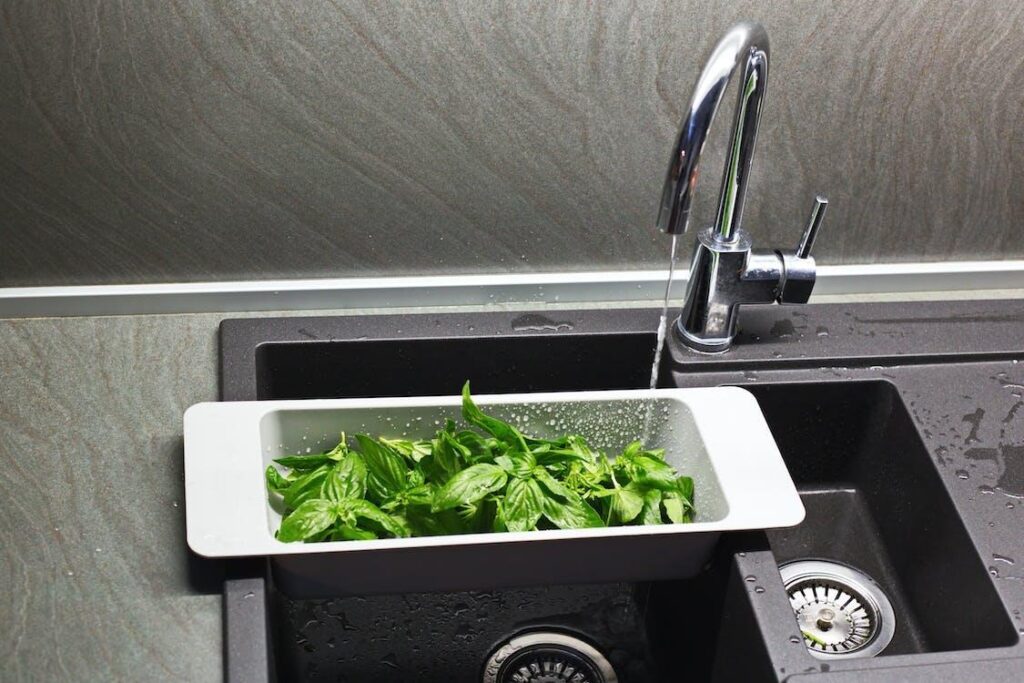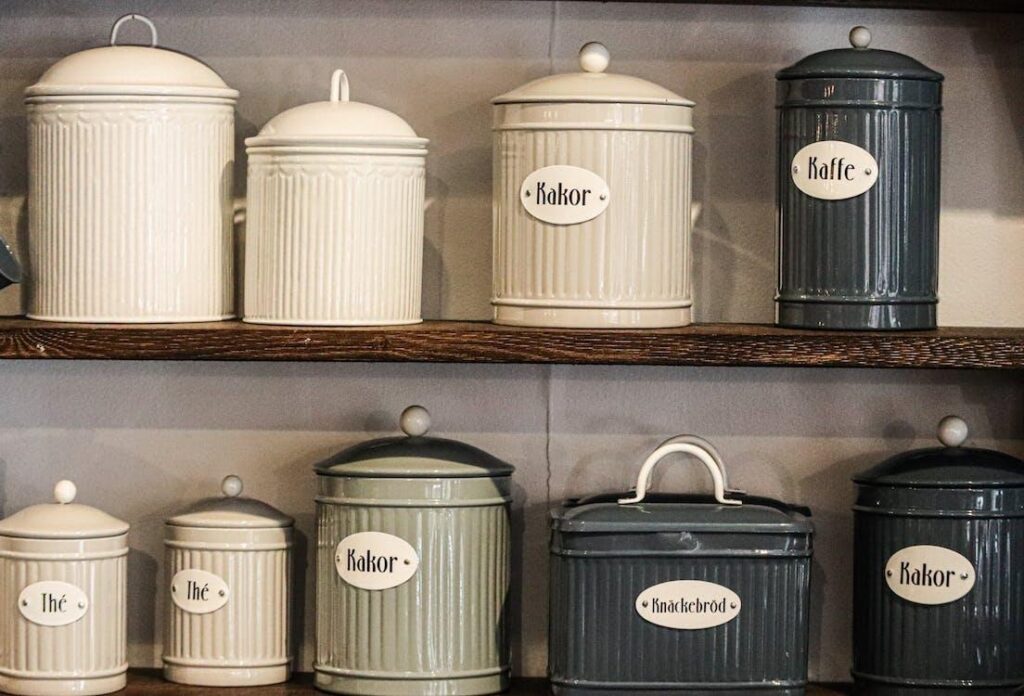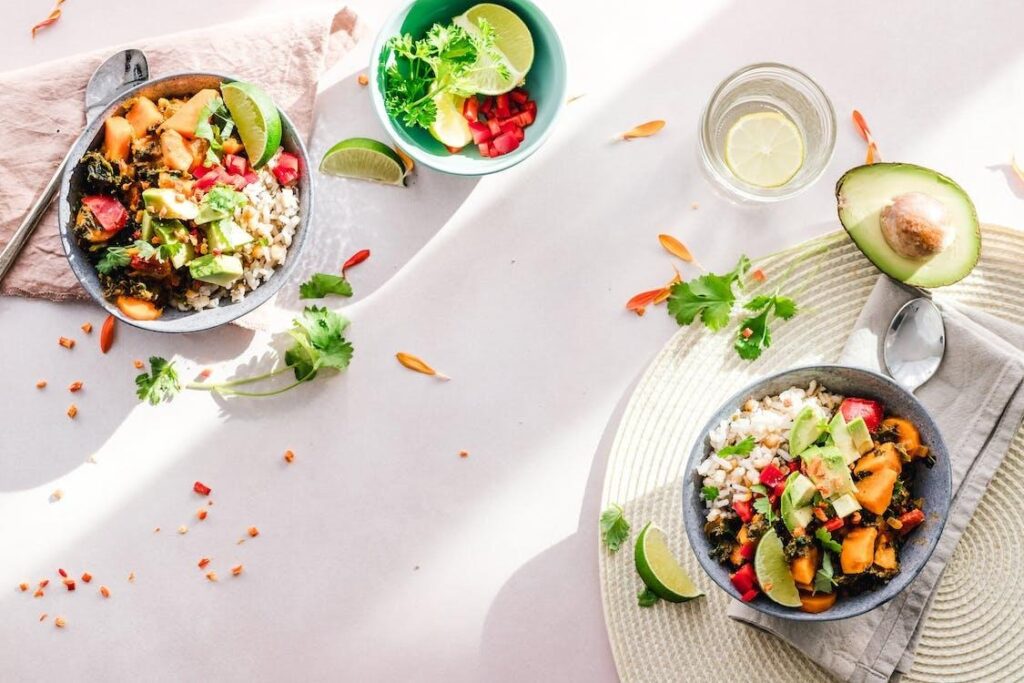Kitchen Sanitation 101
The kitchen is the heart of every home. Not just food, but memories are created here. The activities happening in the kitchen affect the health of the entire family.
There are chances of contamination right from the pre-preparation to the consumption stage. Millions of people across the globe are affected by illnesses caused by food. And sometimes, it can lead to serious consequences and even death in the worst of cases. Hence, it is essential to practice good kitchen hygiene.
In this article, we share a few tips that would help you in maintaining high levels of kitchen hygiene and sanitation.
Cleanliness

It is vital to ensure cleanliness in the kitchen at all times. A clean and dry kitchen ensures safe consumption.
- Rinse fruits and vegetables thoroughly under flowing water. This process is important as it would help in removing dirt, and any chemical remnants.
- It is best to avoid washing meat, poultry, eggs, or fish in the kitchen sink. The water splashed from these products is the number one reason for bacterial contamination.
- Not just your hands, but every surface that comes in contact with food must be clean. This includes knives, chopping boards, cutlery, cooking utensils, dishes, etc.
- The grooves in wooden chopping boards attract bacteria and germs. It is mandatory to wash them with soap and hot water to keep them sanitary.
- Canned goods are another source of spreading diseases. Always wash the lid or wipe it clean before opening the container.
- Scrub the sink clean with a disinfectant every day. An unclean and greasy kitchen sink is an open invitation to disease-causing bacteria and germs.
- Sponges and dish towels should be washed and dried daily. Despite how clean they might look; frequent replacement is mandatory.
Personal Hygiene

The people using the kitchen should follow hygiene practices on a personal level too.
- Keep your hair tied while in the kitchen, especially if you have long hair.
- Short nails ensure better hygiene and sanitation.
- Wash your hands in warm soapy water before and after touching food. Dirty hands are a playground for germs and bacteria.
Segregation

Raw foods carry more germs as compared to cooked foods. It is important to avoid cross-contamination as it can lead to severe food poisoning.
- Raw foods, especially animal products like meat, seafood, eggs, etc should be stored away from other food items.
- It is better to have two sets of chopping boards. One for animal products, and the other for vegetables, etc. You can either label them or use different coloured chopping boards to avoid confusion.
- Use a fresh, clean knife for cutting and chopping different kinds of foods.
- Earmarking specific utensils for specific tasks also helps reduce the chances of contamination.
- After chopping vegetables, keep them in a covered dish or bowl away from the raw meats.
Cooking

Germs and harmful bacteria cannot survive hot temperatures.
- Undercooked food, especially non-vegetarian foods can contain disease-causing bacteria. It can lead to indigestion, stomach disorders, and even food poisoning.
- Use clean and potable water for cooking.
- Do not place the spoons or stirrers directly on the gas range or tabletop, instead use a small plate. Since chemical disinfectants are used to wipe the surface, placing the spoons or stirrers on them would cause unwanted exposure to chemicals.
- Good quality ingredients go a long way in maintaining good health. Adulterants in food can cause serious implications.
Storage

Image Credit – Damir/ Pexels
- It is better to avoid storing the cooked food in the same container in which you had stored the raw food.
- Leftover foods must be sealed properly and not left open on the kitchen counter.
- Always use air-tight and sealed containers for storing food as it helps reduce the chances of contamination.
- Warm food should be cooled down before putting in the fridge.
- Perishable foods like meat, chicken, etc should be stored in the refrigerator whereas frozen foods will be safer in the freezer compartment.
- Take-out containers are not meant to be reused.
- Chilled or frozen groceries should be stored in the fridge or freezer immediately and not left to thaw on the kitchen counter.
Disposal

Proper disposal of kitchen waste goes a long way in maintaining hygiene.
- Have a separate bin for all your kitchen waste.
- Remove the trash on a daily basis. Old food thrown in the bin decomposes faster and encourages bacterial growth. The stink emanating from it is not only unpleasant but harmful too.
- Always wash your hands thoroughly after clearing the garbage bin.
- A bin with a foot pedal is preferable as it reduces contact instances.
Apart from these hygiene practices, it is also important to ensure safety in the kitchen. Bathrooms and kitchens are the most accident-prone zones in every home.

With these tips, you can make your home accident-proof
- Wipe any spills immediately.
- Use a sturdy stool or step ladder.
- Always use non-skid mats.
- Sharp objects such as knives should be stored safely and away from the reach of small kids.
- Adopt extreme caution while working with blenders, mixers, etc.
- Use potholders for handling hot utensils.
- Ensure gas, oven, microwave, or other devices are turned off once you have finished cooking.
Let us know what are your kitchen hygiene practices and how you keep your kitchen clean sanitized.
